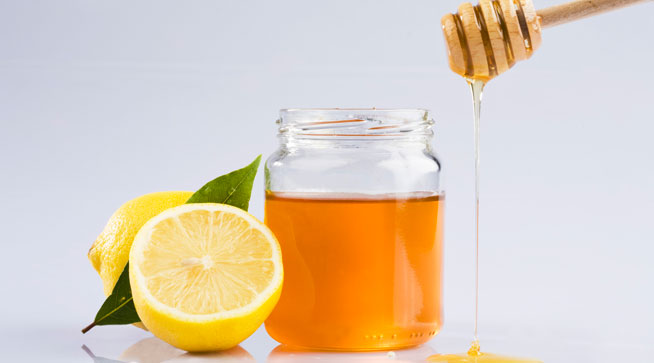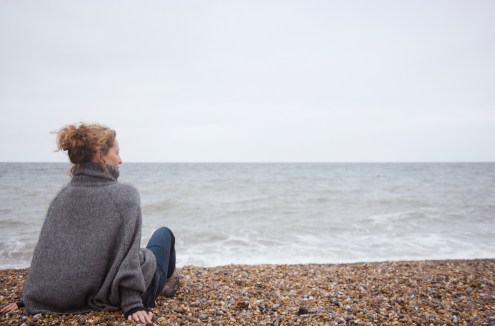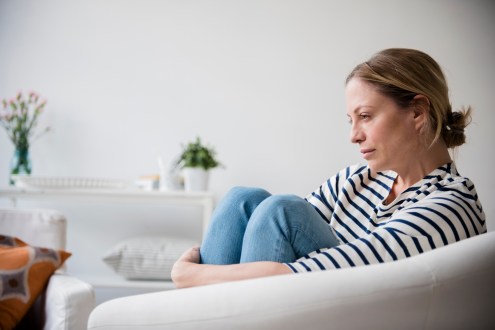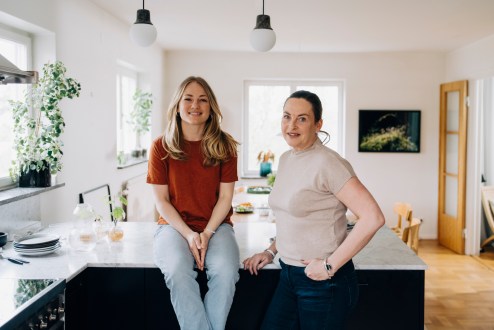Choosing the alternative
How a scientist found himself drawn to complementary therapies

From behind the desk of his massive office, the dean of Pittsburgh University’s School of Medicine studies me with a mixture of friendship, respect and frustration. ‘Why on earth would you sacrifice your scientific career to mess around with alternative medicine?’
I’ve often asked myself the same question, and, in a way, it concerns us all. How does someone with a logical mind, brought up in our Western culture with its technologically advanced medical system, find himself drawn to alternative methods? My family, and my father in particular, has always been fascinated by progress and modernity. The society of the 1950s and 1960s in which I was raised treated science and technology with admiration and respect. It was in this culture that I studied medicine and built my career, rising to become director of a brain imaging laboratory financed by the highly regarded National Institutes of Health in the US.
So how did I get from there to the world of medicinal plants, yoga and broccoli?
This sort of transition usually comes about because of a personal experience. As a child, I spent three months with my left leg in plaster. Once the fracture had healed and the plaster was removed, I was left with a completely frozen knee. If I tried to bend it, I felt stabbing pains through the joint. Twice a week I’d be taken to see an eminent physiotherapist, who forced the knee tissue until I howled with pain. My cries were so terrible, he started taking me to a back room for treatment, like a prisoner being led away to be tortured. His treatment took a long time and I came to dread these sessions more and more, yelling with pain week after week.
And then I met someone else. My family had moved to another city, and I was placed in the care of a woman who proposed an entirely different approach: ‘We’re going to take our time and progress little by little, applying the lightest possible pressure and using the natural give in your muscular tissue.’
After an hour of patient, almost loving work, I could very nearly bend my knee fully. And this was just the first session. I’d felt no pain whatsoever. After a few weeks, the knee had recovered its former mobility. What fascinates me about alternatives — whether it be organic agriculture rather than chemical pesticides and fertilisers, or medical techniques based on diet, sunlight, physical activity, meditation, or even honey, which according to research is more effective than many pharmaceutical syrups at calming night-time coughing in children — is not the fact that they are alternative.
It’s simply that, in some cases, they represent a more intelligent approach, generating better results with fewer side effects. Why is that? It’s because they work with the forces of nature rather than against them. Progress as perceived by my father’s generation was an extension of nineteenth century industrialisation — mastering nature by force. I am convinced that the guiding principle in the coming years will be the search for harmony and balance. These, I believe, are the only true healing powers in life.








